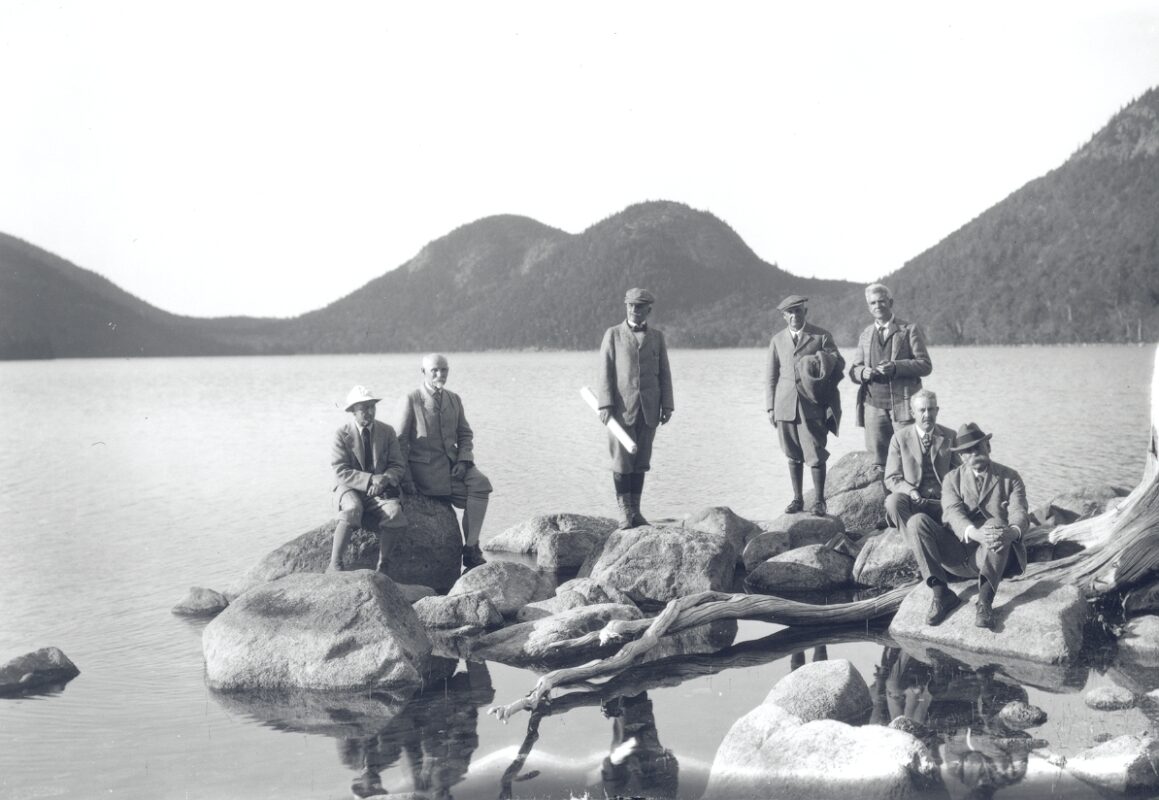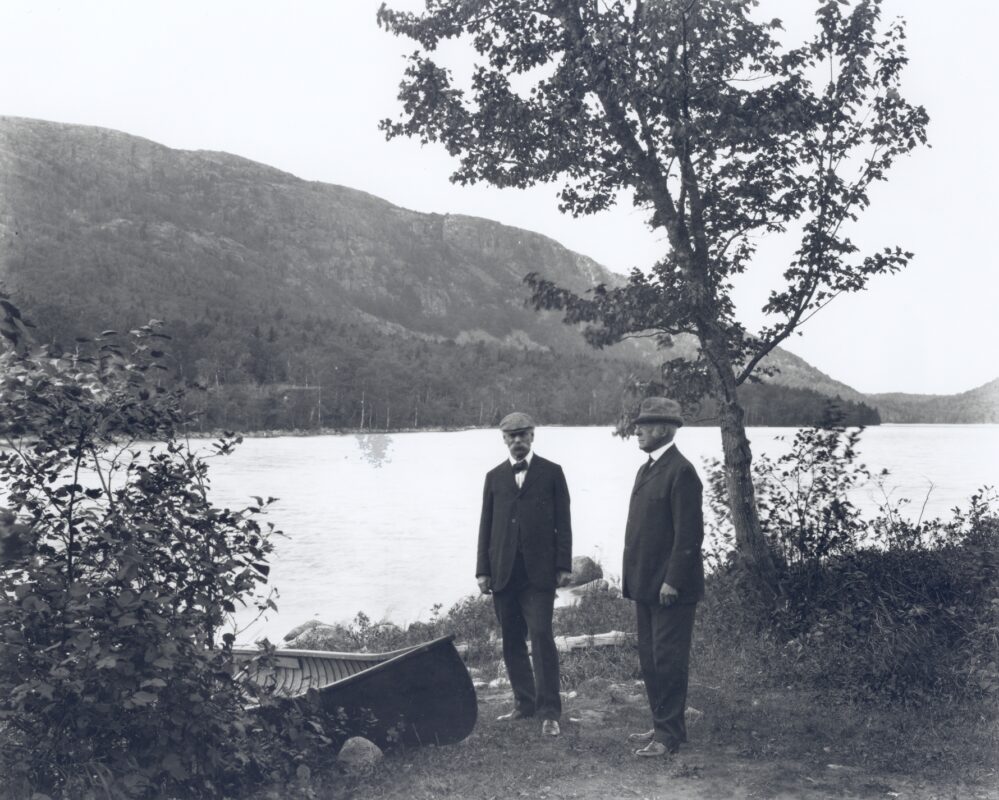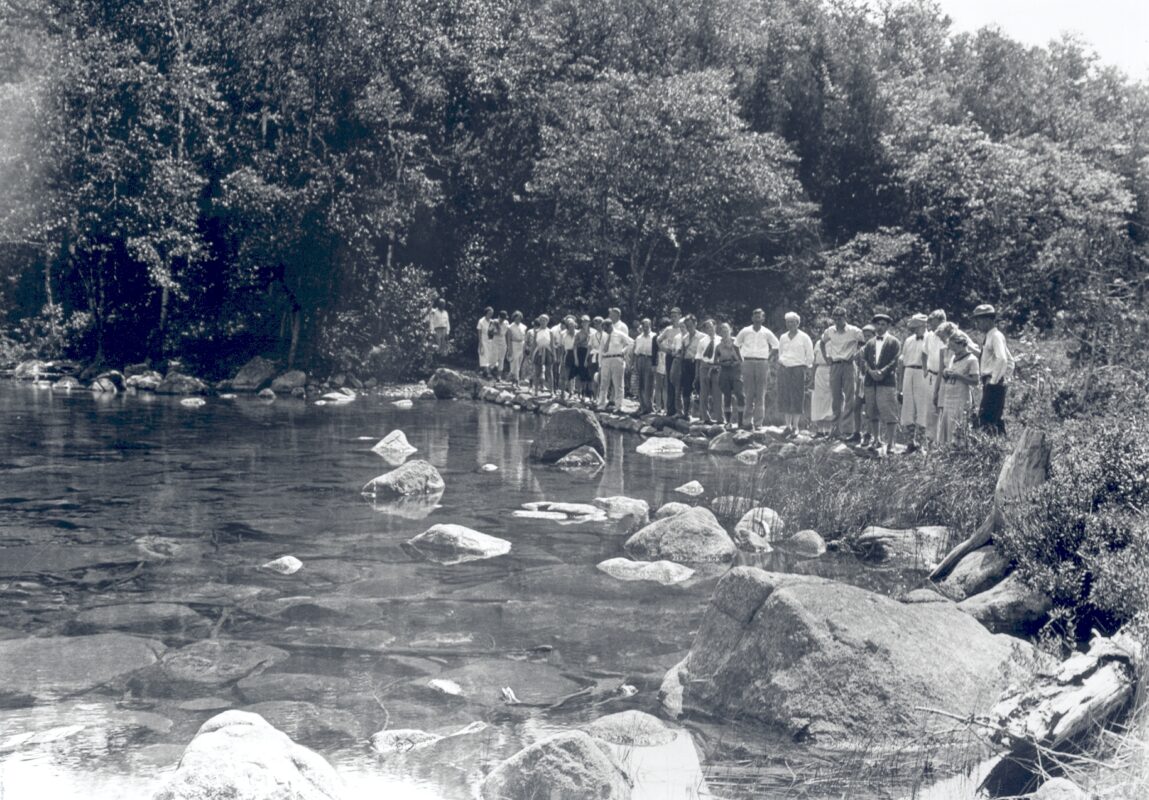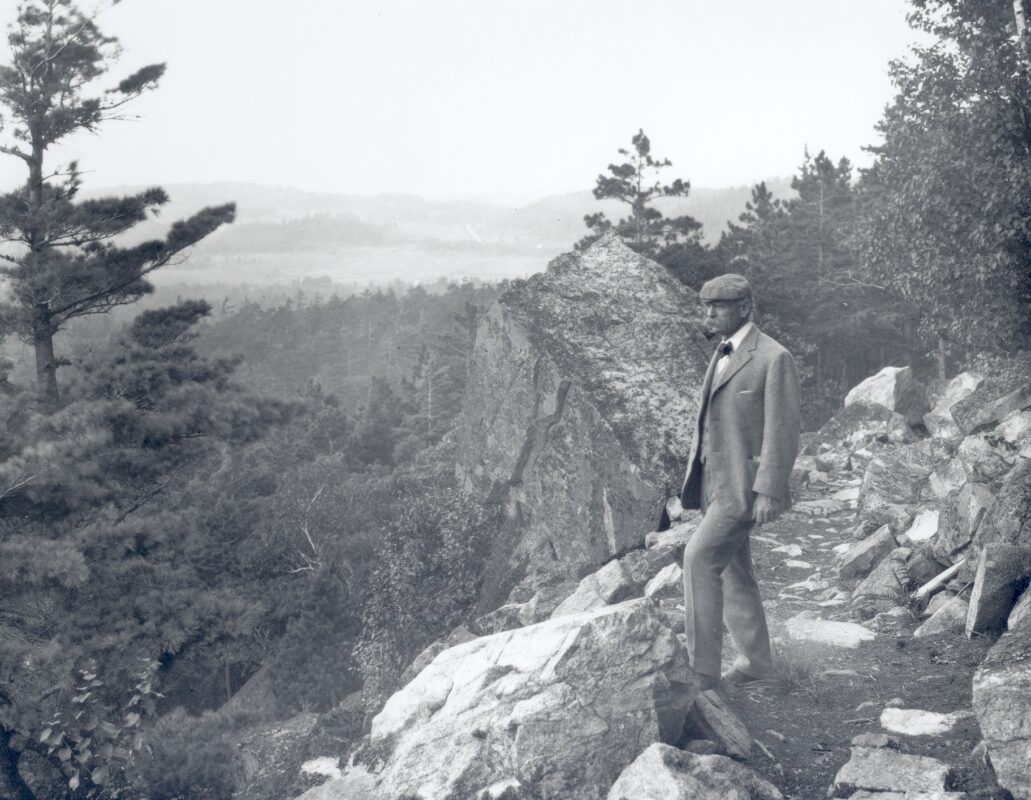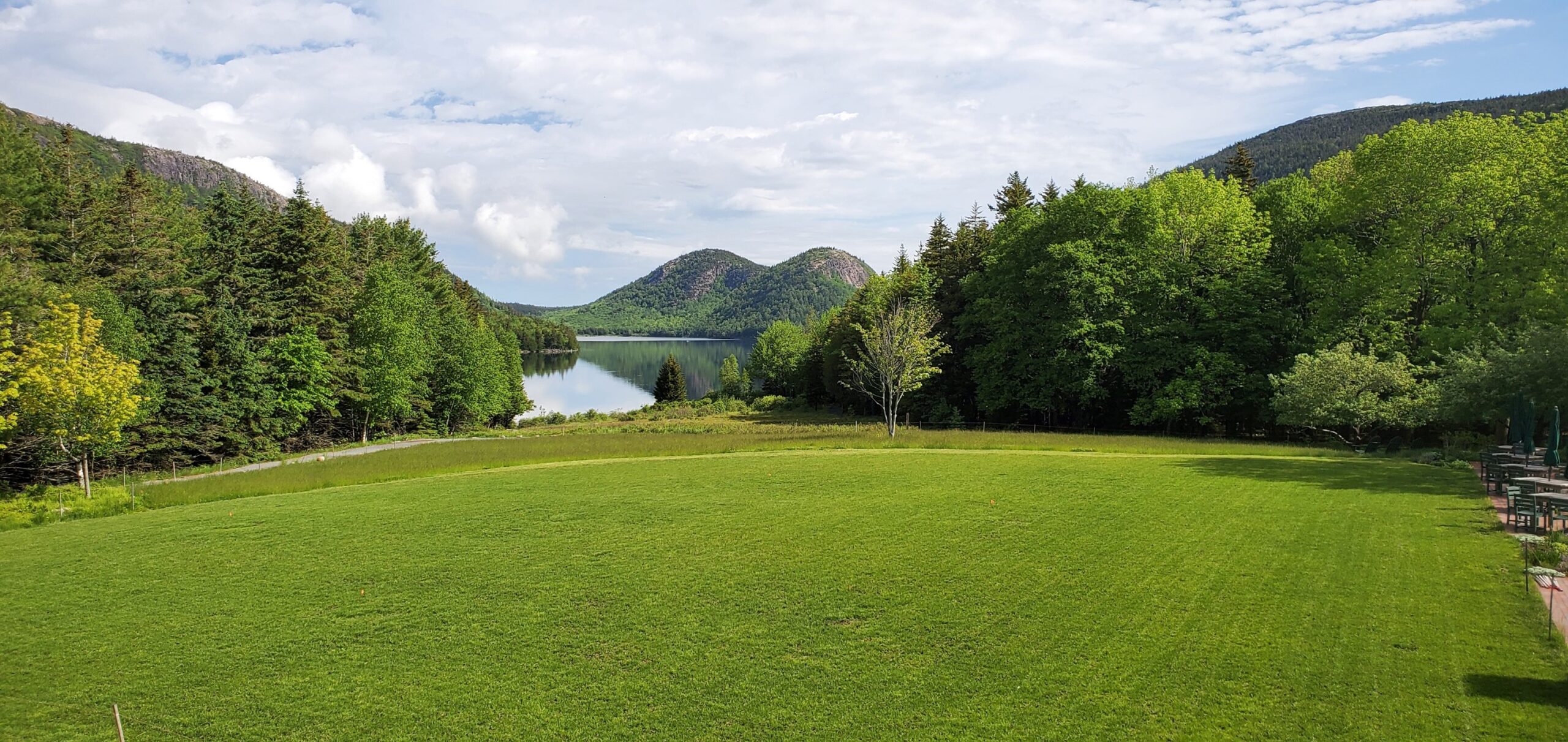Park History
Acadia lays claim to the title of the first Eastern National Park. Founded in 1916 as Sieur de Monts National Monument. It became Lafayette National Park in 1919 and then, with the addition of the Schoodic Peninsula, Acadia National Park in 1929. George Dorr, a Bostonian, first visited Mount Desert Island with his parents at age 13. Entranced with the area, he made it his home as soon as he could. In 1901, he began the quest to set aside land on the Island to become a National Park. Through land donations and monetary donations used to purchase land, Dorr slowly acquired most of the island in a public trust. In 1916, the federal government accepted the donation of this trust and President Woodrow Wilson declared it a National Monument. Dorr became the first superintendent, continuing to acquire land and lobby for the Monument to become a Park. This mission was accomplished in 1929.
Carriage Roads
The forty-five miles of scenic carriage roads throughout Acadia were built between 1913 and 1940 by John D. Rockefeller, Jr. He built the roads as a car-free, scenic means for himself and his neighbors to travel through and view beautiful Mount Desert Island. He began building even as plans were underway for much of the land to become a National Monument with the intent that the roads become a part of the preserved land. Rockefeller took his time about the creation of these horse roads. He cared more for the overall appearance and quality of the project than for its prompt completion.
The roads include 17 stone bridges, 16 of which were financed by Rockefeller. The bridges are steel reinforced concrete, finished with stone in order to have a rustic, 19th century appearance. Some of the bridges are the most visited and photographed sites in Acadia.
Jordan Pond House
The Jordan Pond House traces its history from 1847. The first settlers conducted a logging operation, establishing a small mill near the foot of the pond. The original farm house was built by the Jordan family of Seal Harbor, for whom the pond and house were named.
Toward the end of the 19th century, the location became a popular recreational area for summer vacationers. As a result, the Jordan Pond House was turned into a small restaurant. ‘The first popovers and tea were served here by Mr. and Mrs. ‘Thomas and Nellie McIntire around 1895. They were responsible for the character and atmosphere of the original Jordan Pond House, with its birch bark dining rooms and massive fieldstone fireplaces.
John D. Rockefeller, Jr. purchased the property in 1928, and donated it to the National Park Service in 1940, but the McIntires continued to operate the restaurant until their retirement in 1945– after 50 continuous seasons of operation. In 1946, Rockefeller began a company to run the Jordan Pond House restaurant and ensure that the tradition of luncheon, tea and popovers would continue.
In 1979, a fire destroyed the original building. The current building was constructed through the fundraising efforts of the local, non-profit Island Foundation. It re-opened in 1982 and continues the traditions started more than a century ago.
